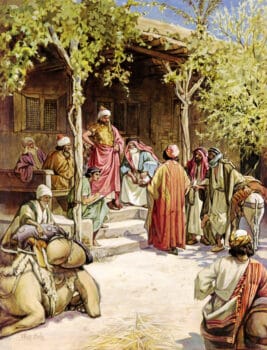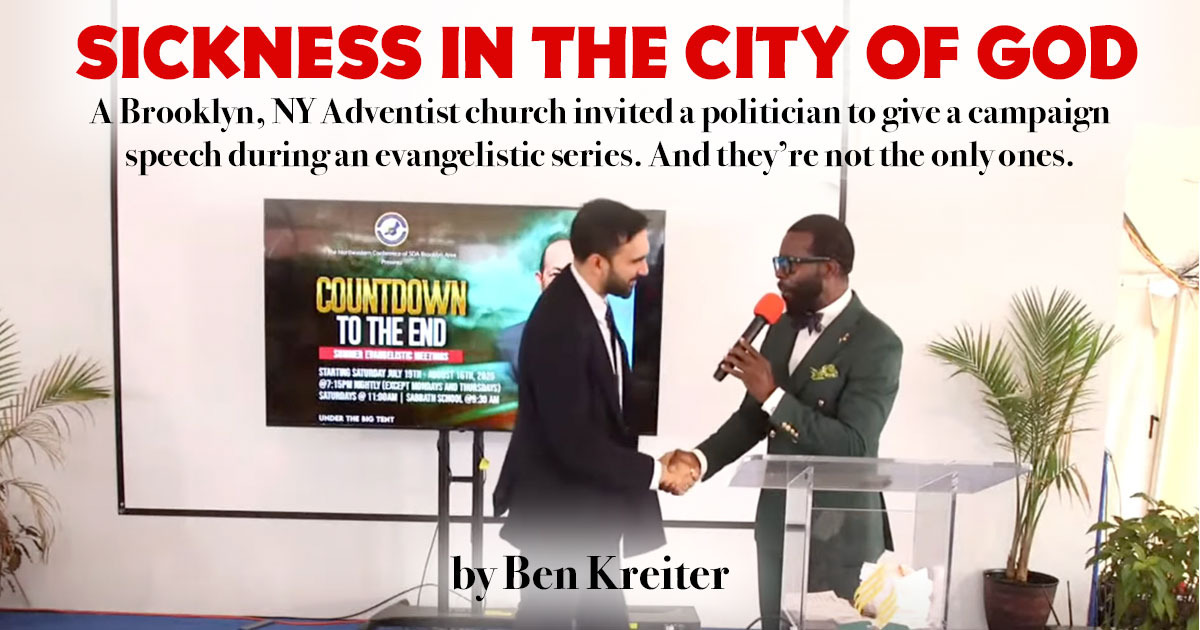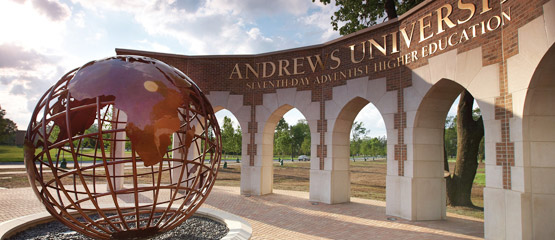
Join It Is Written Sabbath School host Eric Flickinger and this quarter’s author, Dr. Barna Magyarosi, as they provide additional insights into this week’s Sabbath School lesson, “Recipe for Success.”
 (0)
(0)Source: https://ssnet.org/blog/2-surprised-by-grace-it-is-written-discussions-with-the-author/



